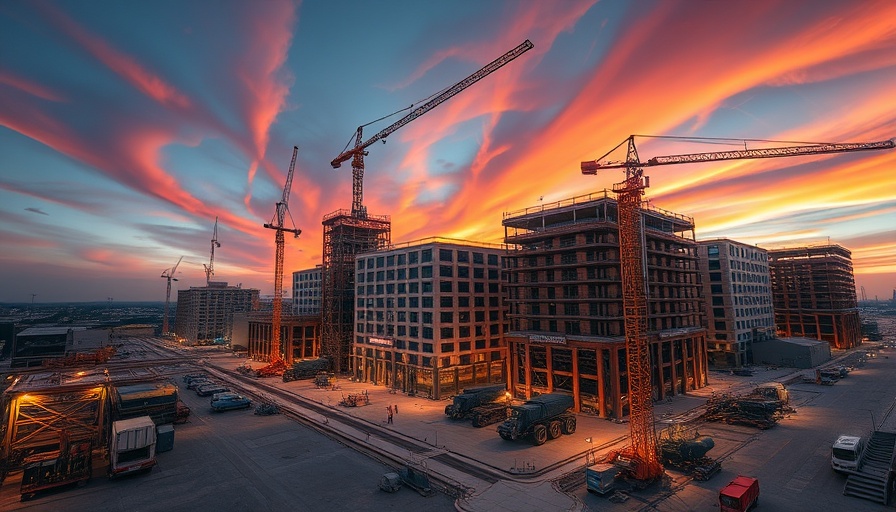
The Rise of 3D Printed Concrete: Transforming Construction
As the world of construction embraces innovation, 3D printed concrete is beginning to make a significant impact. This technology, which allows for the creation of structures through layered printing techniques, offers several advantages over traditional construction methods. Among these advantages are reduced material waste and the ability to create complex designs quickly. In a landscape where both speed and efficiency are critical, 3D printed concrete has entered the conversation as a noteworthy solution.
The Benefits of 3D Printing Technology
One of the standout benefits of 3D printed concrete is its potential to drastically lower construction costs. By utilizing automated processes, builders can minimize labor costs and make the entire process more efficient. This not only accelerates project timelines but also allows for a more sustainable building approach by using fewer resources. This technology aligns with the growing emphasis on eco-friendly construction, positioning itself as a sustainable alternative for future projects.
Global Trends in 3D Concrete Printing
Countries worldwide are experimenting with 3D printed structures. For instance, in Europe and Asia, there is a growing trend of using this technology in public infrastructure projects, such as bridges and housing. These initiatives reflect not only technological advancement but also a need for affordable housing solutions. As urban populations grow, innovative building techniques, including 3D printing, may provide a way to meet these challenges head-on.
Challenges and Limitations to Consider
Despite its promise, 3D printing in construction is not without challenges. Regulatory barriers and quality assurance concerns often hinder the widespread adoption of this technology. Moreover, potential issues such as material durability and structural integrity must be addressed to gain broader acceptance in the industry. Understanding these limitations is crucial for developers and municipal planners who wish to integrate this innovative approach into their projects.
Looking to the Future
The future of 3D printed concrete holds incredible potential. With advancements in technology, we may soon see faster print speeds and improved materials that enhance the strength and durability of structures. Moreover, as more projects demonstrate the effectiveness of 3D printed concrete, market demand will likely grow, encouraging further investments in research and development. Could this technology redefine how we think about construction?
Final Thoughts: What This Means for the Industry
For construction professionals and stakeholders, understanding the implications of 3D printed concrete can be transformative. As this technology evolves, it could lead to significant shifts in project management, budgeting, and even architectural design. Whether you are a seasoned contractor or an aspiring architect, now is the time to explore the possibilities presented by 3D printing in construction.
As innovation continues to reshape the industry, staying informed about trends and advancements is critical. The construction landscape is evolving rapidly, and technologies like 3D printed concrete are paving the way for a more efficient and sustainable future.
 Add Element
Add Element  Add Row
Add Row 



Write A Comment